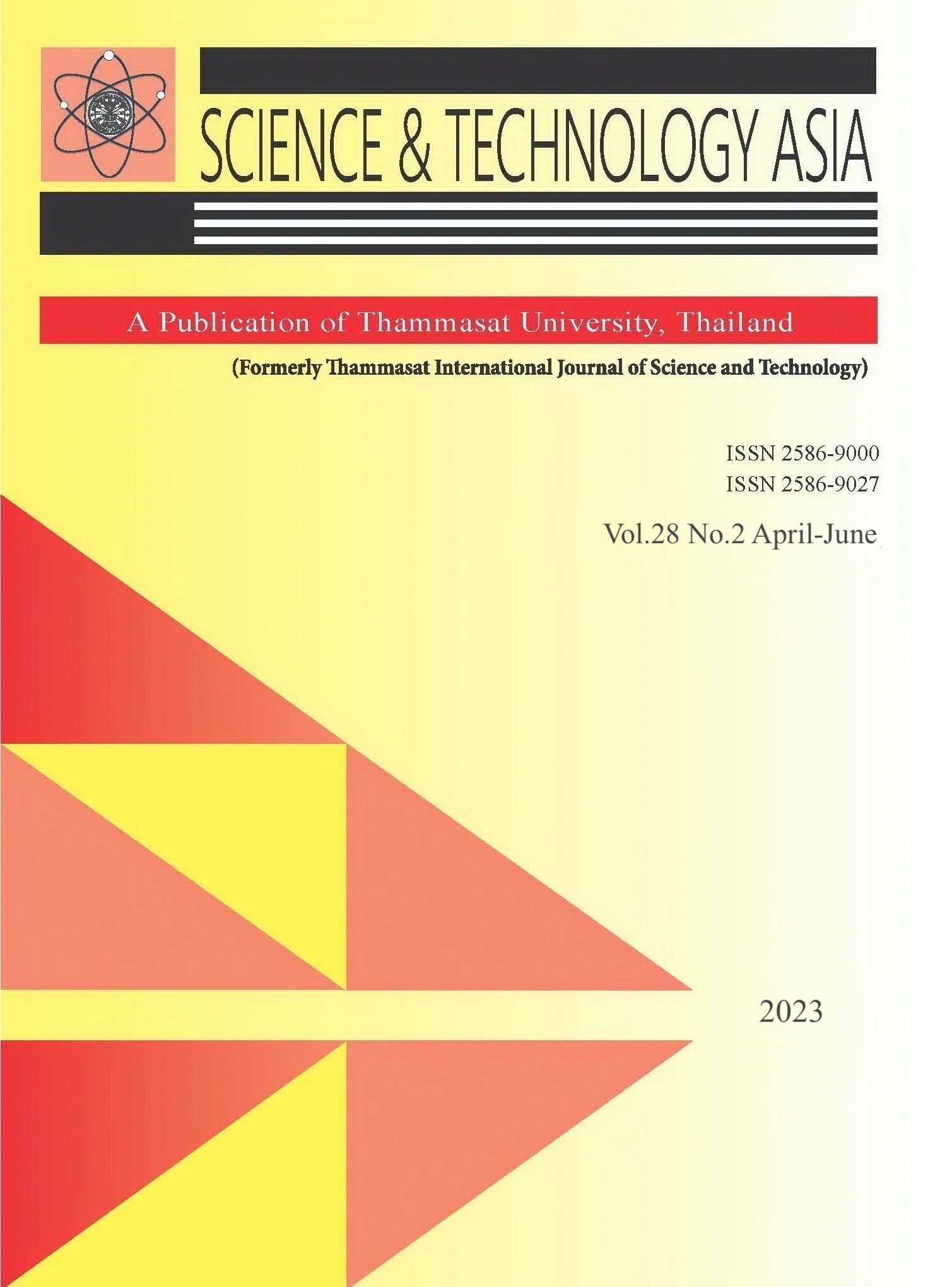The Effect of Building Arrangement Pattern on the Behavior of Air Flow Under Inverse Temperature Condition
Main Article Content
Abstract
This research presents the numerical evaluation of heat and mass transfer under the temperature inversion. The study exhibited the moving behaviors of the heat ceiling due to the inverse temperature phenomenon that obstructed the floating of heat and particulate matter from ground level. Moreover, the effect of the building arrangement on the particle matter was also considered. The motion of the thermal layers as a moving boundary problem was considered in conjunction with the energy equation, continuity equation, momentum equation and transport of diluted equations. The results will help in optimizing the design of a city or building arrangement and mitigating the effects of dust accumulation under such conditions. Validation revealed that the velocity field under the inverse temperature conditions from the literature case were consistent with the numerical model by COMSOLTM Multiphysics.
Article Details

This work is licensed under a Creative Commons Attribution-NonCommercial-NoDerivatives 4.0 International License.


